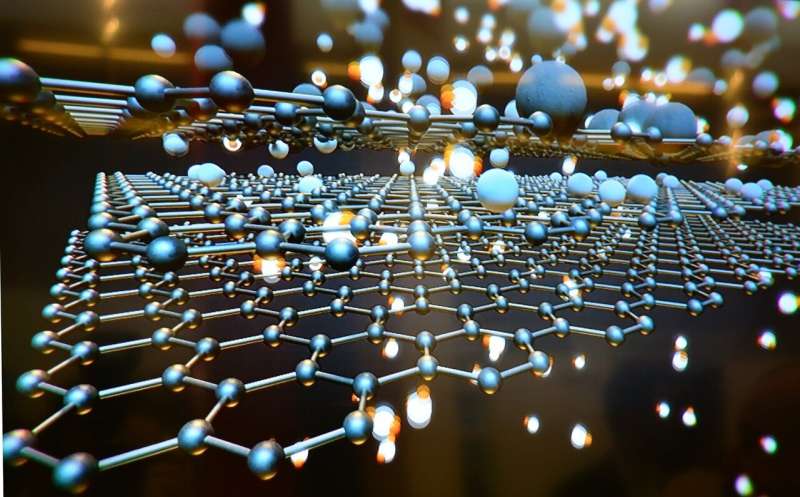Generation and manipulation of spin currents for advanced electronic devices

Graphene-based van der Waals heterostructures could be used to design ultra-compact and low-energy electronic devices and magnetic memory devices, according to a study led by ICREA Prof. Sergio O. Valenzuela, head of the ICN2 Physics and Engineering of Nanodevices Group. This is what a paper published in the latest issue of the journal suggests. The results have shown that it is possible to perform an efficient and tunable spin-charge conversion in these structures, and, for the first time, even at room temperature. The paper is published in Nature Materials. The first authors are L. Antonio Benítez and Williams Savero Torres, of the same group. The results complement recent studies carried out within this same initiative, including one published in 2019 in Nano Letters by scientists from the University of Groningen (RUG).
Spintronics, electronics that use electron spin to store, manipulate and transfer information, comprises key technologies, such as those of motion sensors and information storage technologies. However, the development of efficient and versatile spin-based technologies requires high-quality materials that allow long-distance spin transfer, as well as methods to generate and manipulate spin currents.
Spin currents are usually produced and detected using ferromagnetic materials. As an alternative, spin-orbit interactions allow the generation and control of spin currents exclusively through electric fields, providing a much more versatile tool for the implementation of large-scale spin devices.
Graphene is a unique material for long-distance spin transport. The new study demonstrates that spin transport can be manipulated in graphene by proximity effects. To induce these effects, the researchers used transition metal dichalcogenides, which are two-dimensional materials like graphene. The team has demonstrated efficient spin-charge interconversion at room temperature comparable to the best performance of traditional materials.
These advances are the result of a joint effort by experimental and theoretical researchers, who worked side by side in the framework of the Graphene Flagship. The outcomes of this study are of great relevance for the communities of spintronics and two-dimensional materials, as they provide relevant information on the fundamental physics of the phenomena involved and open the door to new applications.
More information: L. Antonio Benítez et al, Tunable room-temperature spin galvanic and spin Hall effects in van der Waals heterostructures, Nature Materials (2020). DOI: 10.1038/s41563-019-0575-1
Journal information: Nature Materials , Nano Letters
Provided by Autonomous University of Barcelona




















